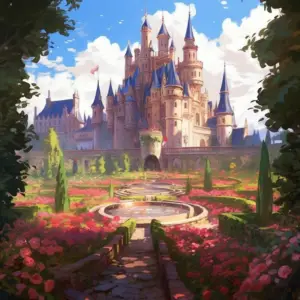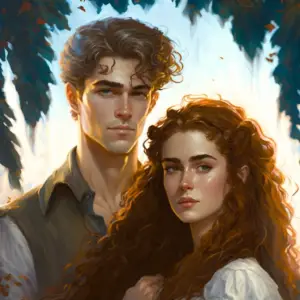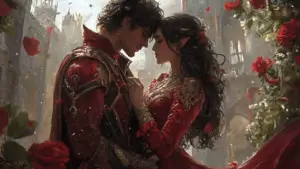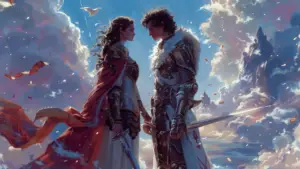In the world of romantic fiction, few tropes are as captivating and emotionally charged as the “Enemies-to-Lovers Romance.” This popular narrative device has been steadily gaining traction in recent years, particularly within the realm of fantasy literature and audiobooks. But what is it about this particular type of romance that has readers and listeners so enthralled?
In this blog post, we’ll delve into the appeal of enemies-to-lovers romance in the fantasy genre, compare it to traditional romance, explore some memorable examples, and offer tips for writers looking to incorporate this enthralling trope into their own stories.
The Appeal of Enemies-to-Lovers Romance
Enemies-to-lovers romance is a narrative trope in which two characters who initially despise each other — often due to clashing personalities, opposing goals, or deep-seated prejudices — gradually come to understand, respect, and ultimately love one another. The allure of this type of romance lies in several key factors:
Emotional Intensity
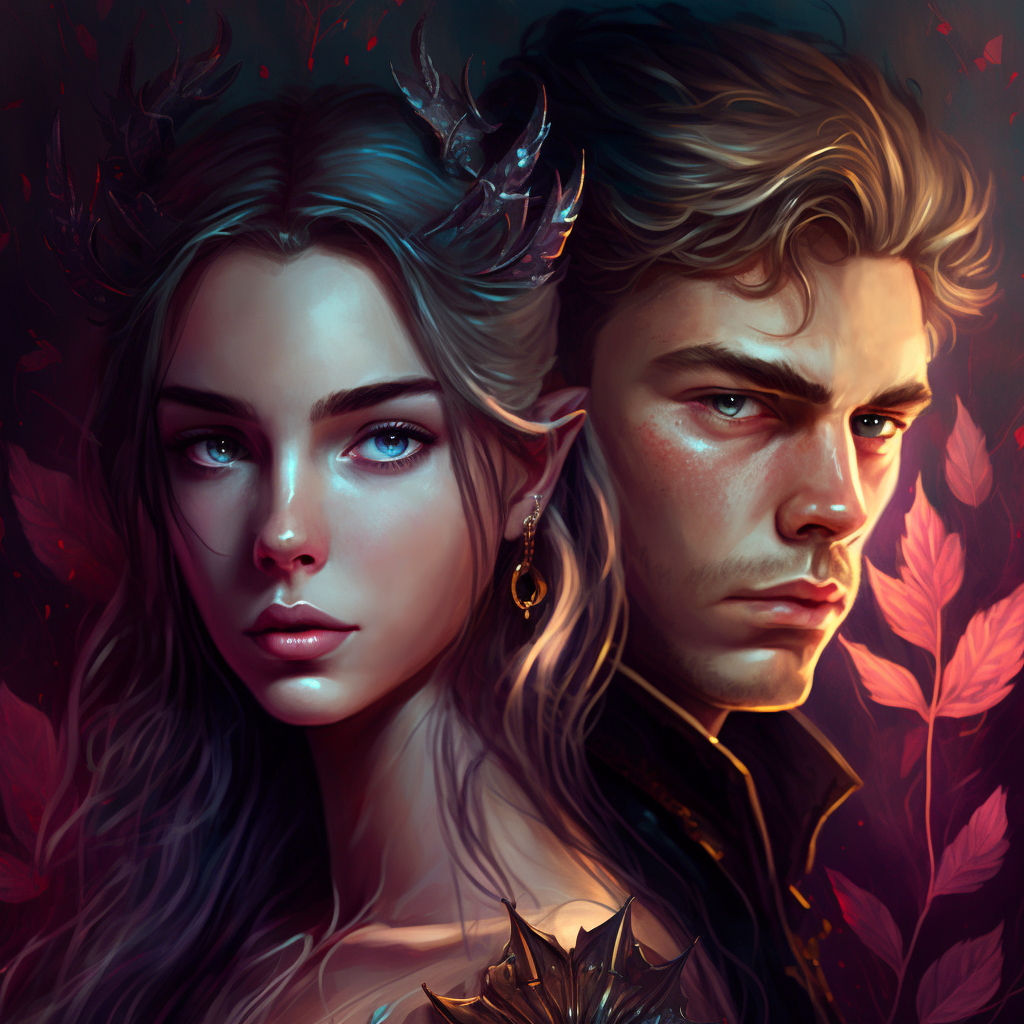
One of the primary reasons readers and listeners are drawn to enemies-to-lovers romance is the heightened emotional intensity that comes with this type of relationship. The characters’ initial animosity towards one another creates a palpable tension that only serves to heighten the eventual romantic payoff.
As the characters’ feelings evolve from hatred to love, the emotional stakes are raised, making for a more satisfying and engaging story.
Conflict-Driven Plot
The inherent conflict between the two main characters in an enemies-to-lovers romance provides a wealth of opportunities for plot development. The characters’ opposing goals or beliefs can drive the story forward, creating a natural framework for a compelling narrative.
Additionally, the characters’ personal growth as they confront and overcome their differences can serve as a powerful character arc, further enriching the story.
Character Development
Enemies-to-lovers romance often involves a significant amount of character development, as the characters must confront their own biases, prejudices, and emotional baggage in order to grow and change. This type of romance demands that the characters evolve both individually and as a couple, which can make for a more nuanced and satisfying romantic journey.
Enemies-to-Lovers Romance vs. Traditional Romance
While traditional romance often centers on the immediate attraction and chemistry between two characters, enemies-to-lovers romance takes a different approach.
Here are some key differences between the two types of romance:
Tension and Anticipation
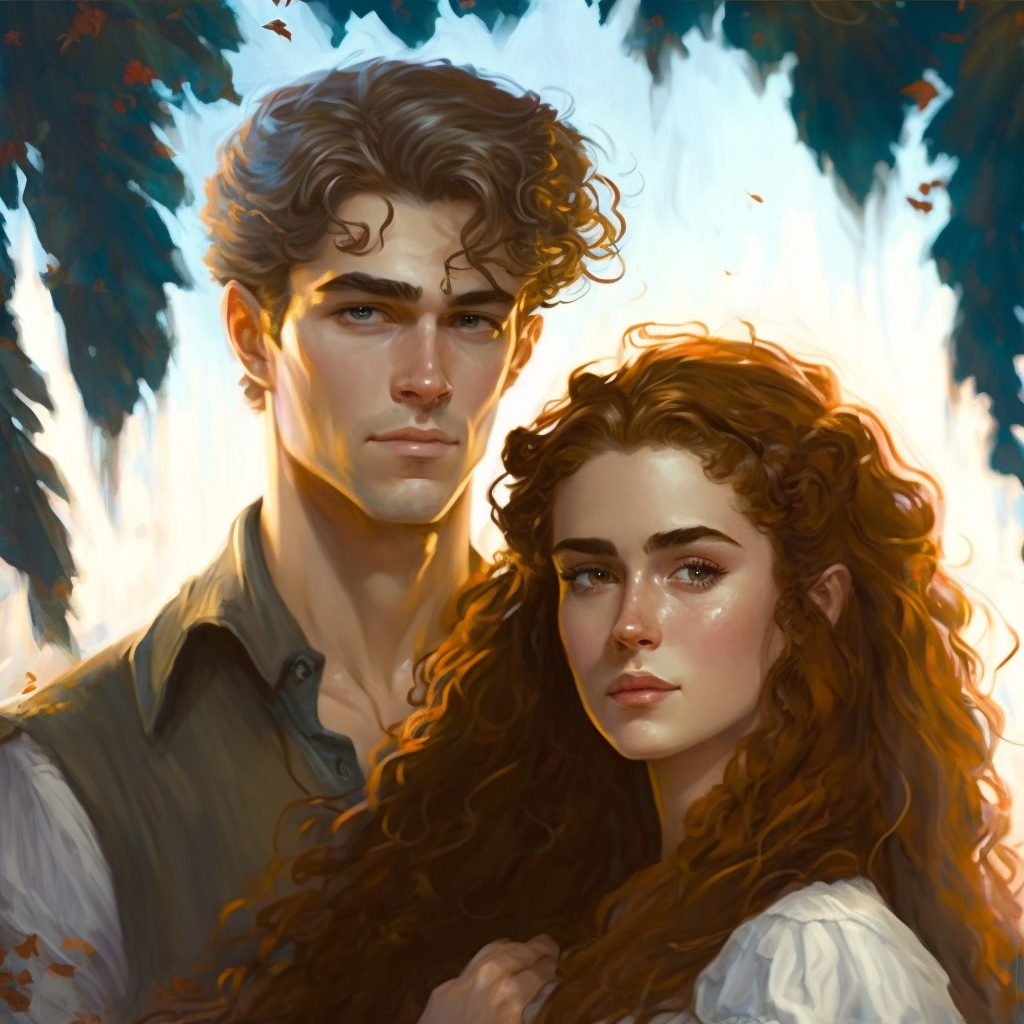
In a traditional romance, the characters may experience some initial obstacles or misunderstandings, but their mutual attraction is usually apparent from the outset. In an enemies-to-lovers romance, however, the characters’ initial animosity creates a heightened sense of tension and anticipation.
As the characters slowly begin to understand and appreciate one another, the reader or listener is left eagerly awaiting the moment when their feelings finally shift from hatred to love.
The Journey from Hate to Love
One of the most compelling aspects of an enemies-to-lovers romance is the journey the characters undertake as they move from animosity to affection.
This transformation often involves a series of emotional revelations, as the characters confront their own biases and preconceptions and come to appreciate the true nature of the person they once despised.
This gradual shift in emotions can make for a more satisfying and believable romantic arc than the instant attraction often found in traditional romance.
Unique Challenges and Obstacles
In an enemies-to-lovers romance, the characters must not only overcome external obstacles (such as opposing goals or societal expectations) but also confront their own internal struggles. This can create a more complex and engaging narrative, as the characters must navigate both personal and external challenges in order to find their way to love.
Memorable Examples of Enemies-to-Lovers Romance in Fantasy
The enemies-to-lovers romance trope has been skillfully employed in numerous fantasy books and audiobooks, resulting in some truly memorable and beloved stories.
Here are just a few examples:
The Cruel Prince by Holly Black
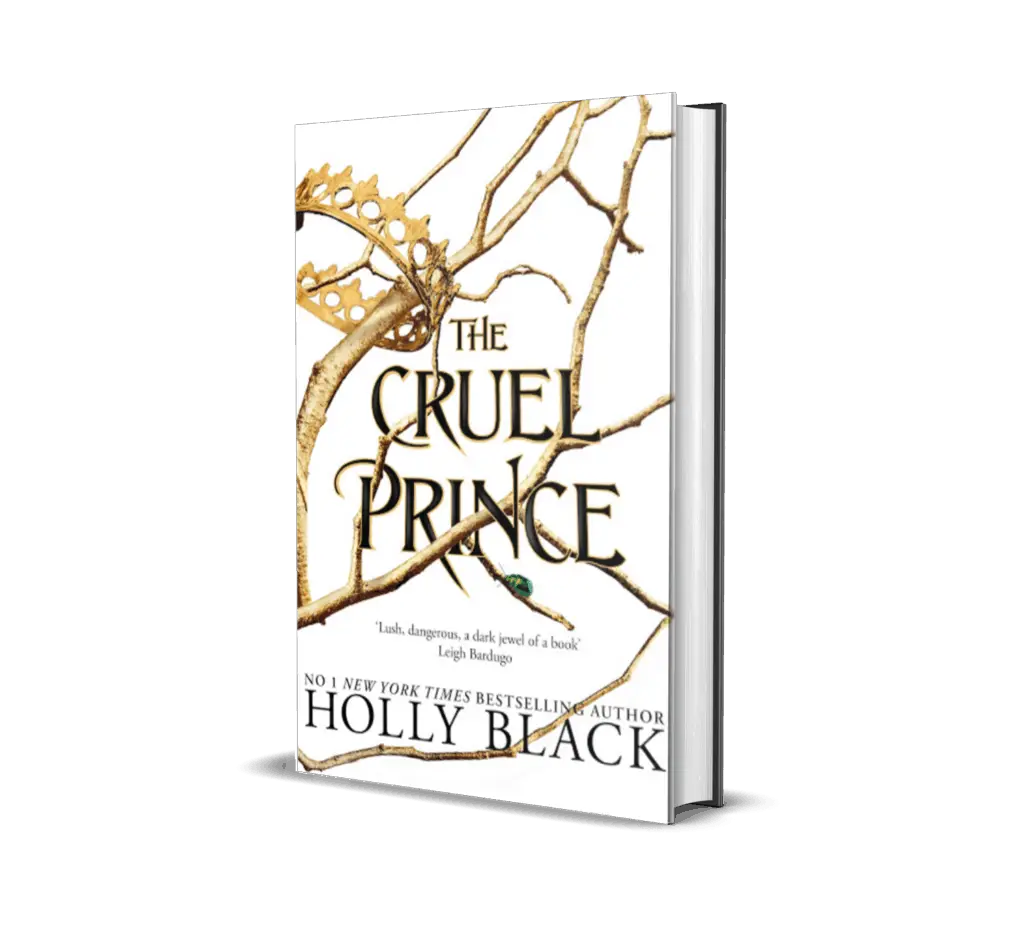
In this dark and enchanting tale, mortal girl Jude is forced to navigate the treacherous world of Faerie after her parents are murdered and she is taken in by her mother’s former husband, a powerful Faerie general.
As Jude struggles to find her place in this dangerous new world, she becomes embroiled in a bitter rivalry with the cruel and enigmatic Prince Cardan.
As their animosity gives way to a grudging respect and eventually love, the two must navigate the complex politics and deadly intrigues of the Faerie court.
A Court of Thorns and Roses by Sarah J. Maas
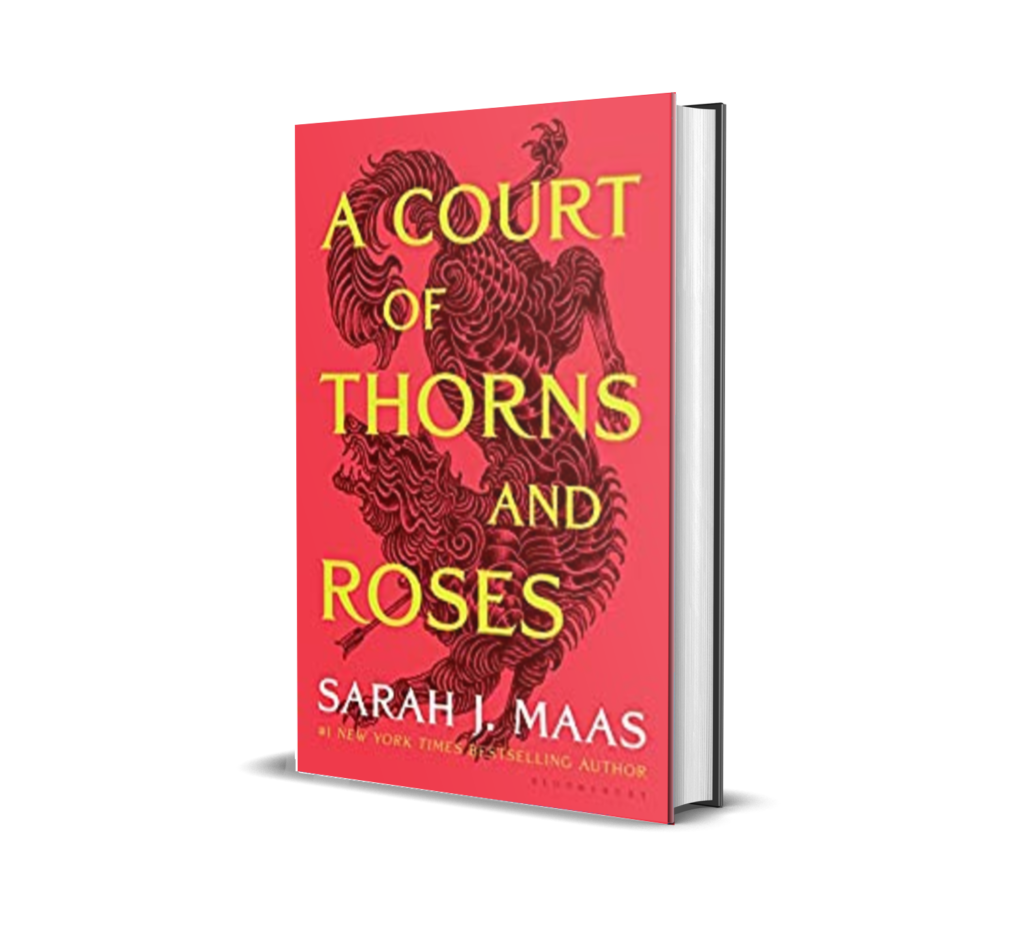
In this lush and captivating fantasy, human huntress Feyre is taken captive by the enigmatic High Fae Tamlin after she kills a wolf in the woods.
As Feyre adjusts to her new life in the magical realm of Prythian, she finds herself drawn to Tamlin despite her initial hatred for him and his kind.
As their relationship deepens, they must confront their own prejudices and fears in order to save their world from a terrible threat.
Daughter of Smoke and Bone by Laini Taylor
In this mesmerizing and imaginative tale, blue-haired art student Karou is thrust into a centuries-old war between angels and chimaera when she meets the captivating and dangerous Akiva.
As their initial hostility turns to passion, Karou and Akiva must confront the brutal history that divides their races and find a way to forge a new future together.
Tips for Writing an Engaging Enemies-to-Lovers Romance in Fantasy
Are you a writer looking to incorporate an enemies-to-lovers romance into your fantasy stories? If so, here’s a guide, as well as some tips for crafting a believable and engaging narrative:
Establishing Believable Conflict
In order for an enemies-to-lovers romance to be believable, the initial animosity between the characters must be rooted in a genuine conflict or difference. This can be a difference in beliefs, goals, or even fundamental values.
By establishing a clear and compelling source of conflict, you create a solid foundation for the characters’ eventual romantic journey.
Creating Multidimensional Characters
An engaging enemies-to-lovers romance requires well-developed, multidimensional characters. By giving your characters rich backstories, distinct personalities, and complex motivations, you create characters that feel real and relatable, making their eventual romance all the more satisfying.
Balancing Romance with Other Story Elements
While the romance is a key component of an enemies-to-lovers story, it’s important not to neglect other aspects of your narrative. Be sure to balance the romantic storyline with other plot elements, such as world-building, action, and character development. This will help create a more well-rounded and engaging story that appeals to a wide range of readers and listeners.
Conclusion
Enemies-to-lovers romance is a powerful and captivating trope that has captured the hearts of countless fantasy book readers and audiobook listeners. By exploring the emotional intensity, conflict-driven plot, and character development inherent in this type of romance, writers can create engaging and unforgettable stories that resonate with readers and listeners alike.
So, whether you’re a fan of the genre or an aspiring writer looking to incorporate this beloved trope into your own work, there’s no denying the allure of enemies-to-lovers romance in fantasy.

